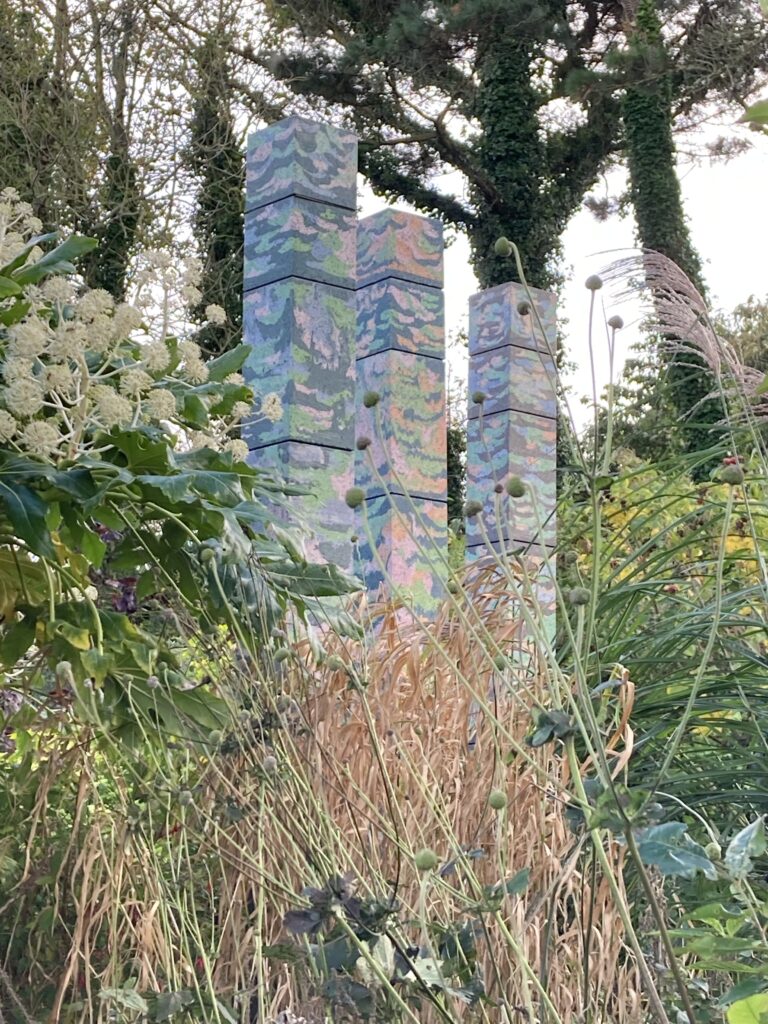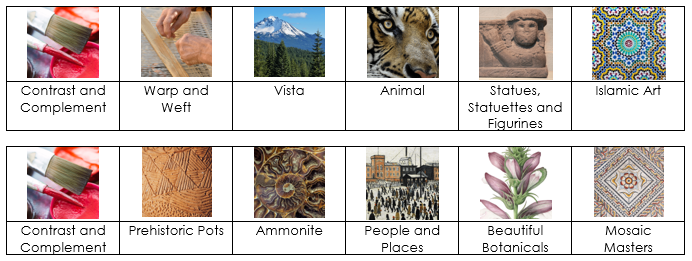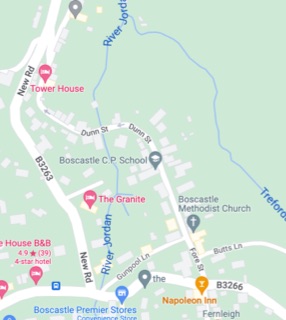
Our Art and Design Curriculum
The art and design projects are well sequenced to provide a coherent subject scheme that develops children’s skills and knowledge of visual elements, art forms, artists and art movements. Projects are placed alongside other subject projects where there are opportunities for making meaningful connections. For example, Beautiful Botanicals has been placed in the same teaching sequence as the science project Plant Nutrition and Reproduction. Placement of art and design projects have also been linked closely with seasons and opportunities to work outdoors. Throughout the art and design scheme, there is complete coverage of all National Curriculum programmes of study.
Cornwall has a rich heritage of artists and craftspeople and became a hub for the arts from the nineteenth century with the Newlyn Schools. The area now has a tradition of artists and sculptors such as Barbara Hepworth, as well as still attracting new talent to the county. Cornish artwork often captures the dramatic coastline, fishing villages and mining heritage with many artists painting outdoors due to the high quality of light Cornwall is known for and its milder climate (plein-airism).
Boscastle provides our children with an ideal location to develop their artist and craft skills, the harbour and cliffs are often used for drawing and painting. We visit the Half Acre Sculpture Gardens, where children experience the legacy of locally renowned sculptor, Carole Vincent and participate in art and craft workshops at the studios. Each year the Year 5 and 6 children work with local artist Reg Payne who visits as part of the Bikelights festival run by Wadebridge Creative Hub. The children work alongside Reg to design and create a willow structure which is built around a bike or tricycle, which is then ridden in the Bikelights parade.
Key Stage 1

In Key Stage 1, each autumn term begins with the colour project Mix It. The teaching of this project in Years 1 and 2 enables children to be introduced to and then revisit colour theory and provides plentiful opportunities for children to explore primary and secondary colours.
Cycle A begins by exploring themes directly related to the children themselves, such as their facial features, the surrounding natural world and their local community. In Cycle B, the projects expand children’s artistic horizons to study a more comprehensive range of artists, artistic movements and creative techniques.
Lower Key Stage 2

In Lower Key Stage 2, each autumn term begins with the colour project Contrast and Complement. In Years 3 and 4, the teaching of this project enables children to build on their previous understanding of colour and further develop their expertise by studying theory.
In Cycle A, children develop specialised techniques in drawing, painting, printmaking and sculpture. They explore ways in which ancient cultures have influenced art and crafts by studying, for example, medieval weaving techniques and the religious significance of Islamic art.
In Cycle B, children expand their experiences to study a broader range of art forms, artists and genres. They also begin to study art from specific and diverse periods of history, including prehistoric pottery and Roman mosaics. Other genres studied in Lower Key Stage 2 build on previous techniques learned in Key Stage 1 and include more complex techniques in printmaking, drawing, painting and textiles.
Upper Key Stage 2

In Upper Key Stage 2, each autumn term begins with the colour project Tints, Tones and Shades. Teaching
these projects in Years 5 and 6 enables children to build on their previous understanding of colour theory and develop further expertise with colour by studying tonal variations and more complex colour charts.
In Cycle A, children develop and combine more complex artistic techniques in a range of genres, including
drawing, painting, printmaking and sculpture. Children continue to build on their understanding of other historical periods and cultures by studying the ancient Chinese art form of taotie and the significance of the
Expressionist movement.
In Cycle B, children are encouraged to work more independently in projects like Environmental Artists and Distortion and Abstraction. Such projects require them to consider more conceptual representations of personal, environmental, social or political messaging. Children explore diversity in art by studying the projects Inuit and Trailblazers, Barrier Breakers.
Fore Street
Boscastle
Cornwall
PL35 0AU

| Cookie | Duration | Description |
|---|---|---|
| cookielawinfo-checkbox-analytics | 11 months | This cookie is set by GDPR Cookie Consent plugin. The cookie is used to store the user consent for the cookies in the category "Analytics". |
| cookielawinfo-checkbox-functional | 11 months | The cookie is set by GDPR cookie consent to record the user consent for the cookies in the category "Functional". |
| cookielawinfo-checkbox-necessary | 11 months | This cookie is set by GDPR Cookie Consent plugin. The cookies is used to store the user consent for the cookies in the category "Necessary". |
| cookielawinfo-checkbox-others | 11 months | This cookie is set by GDPR Cookie Consent plugin. The cookie is used to store the user consent for the cookies in the category "Other. |
| cookielawinfo-checkbox-performance | 11 months | This cookie is set by GDPR Cookie Consent plugin. The cookie is used to store the user consent for the cookies in the category "Performance". |
| viewed_cookie_policy | 11 months | The cookie is set by the GDPR Cookie Consent plugin and is used to store whether or not user has consented to the use of cookies. It does not store any personal data. |